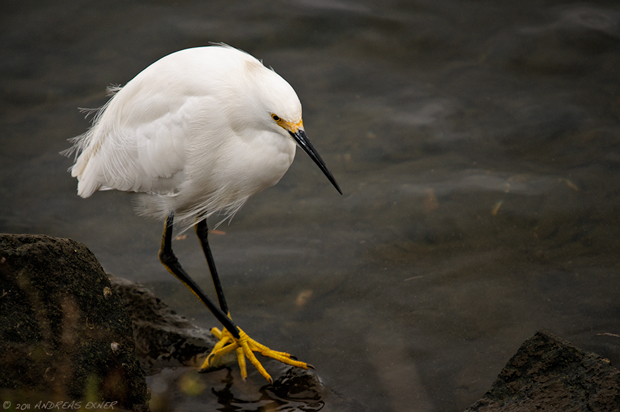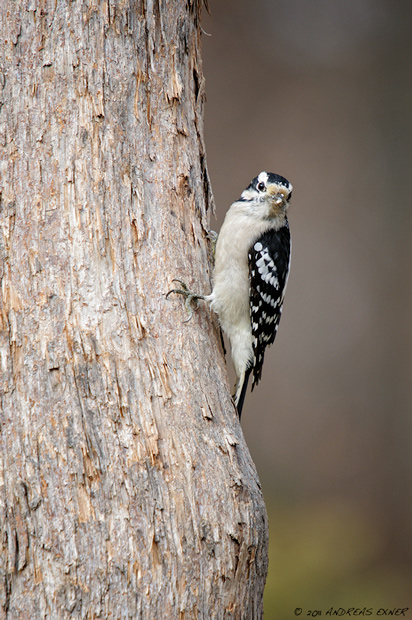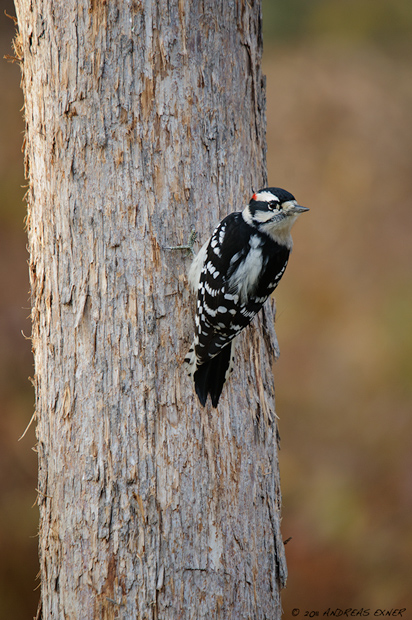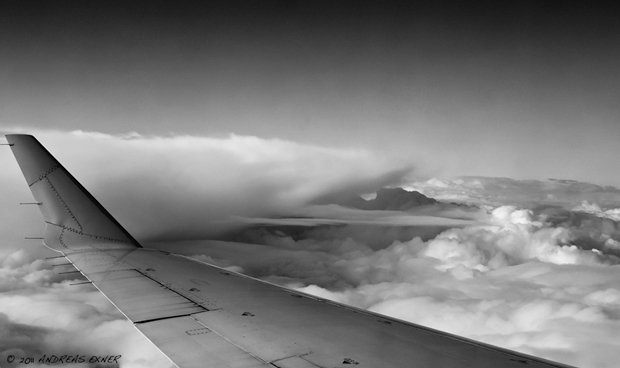I haven't done any still life for a long time and I guess it was time to do something different today. The recipe for this image was simple. I set this old 8 millimeter Univex cine camera on a rock with fossils, turned all the lights in the room off, and used two tiny LED lights as my light source. The background is a sheet of black foam board. Painting with light is something I wanted to try since I learned about it on a DTOWN-TV podcast. I thought a little alienation effect would look cool and so I tweaked the white balance in camera. The Carl Zeiss Distagon T* 35/f2 ZF is a perfect lens for a project like this. It is tack sharp and with its smooth manual focus I can easily fine tune the focal point. I bought the 35/f2 several years ago mainly for my landscape photography but I love it also for still life photography and architecture. The D300s was mounted on the tripod, the remote cable release was plugged in, and the camera was set to mirror-up mode. All this is mandatory so you can handle the long exposure without any camera shake. I experimented with many different settings. Above image was made with 8 sec., f11, at ISO 100. I really had fun working on this little self-assignment. I'm sure it will not be my last one during the coming long winter nights.
















